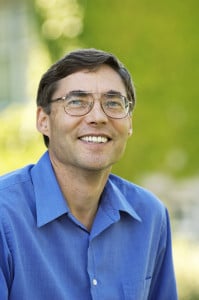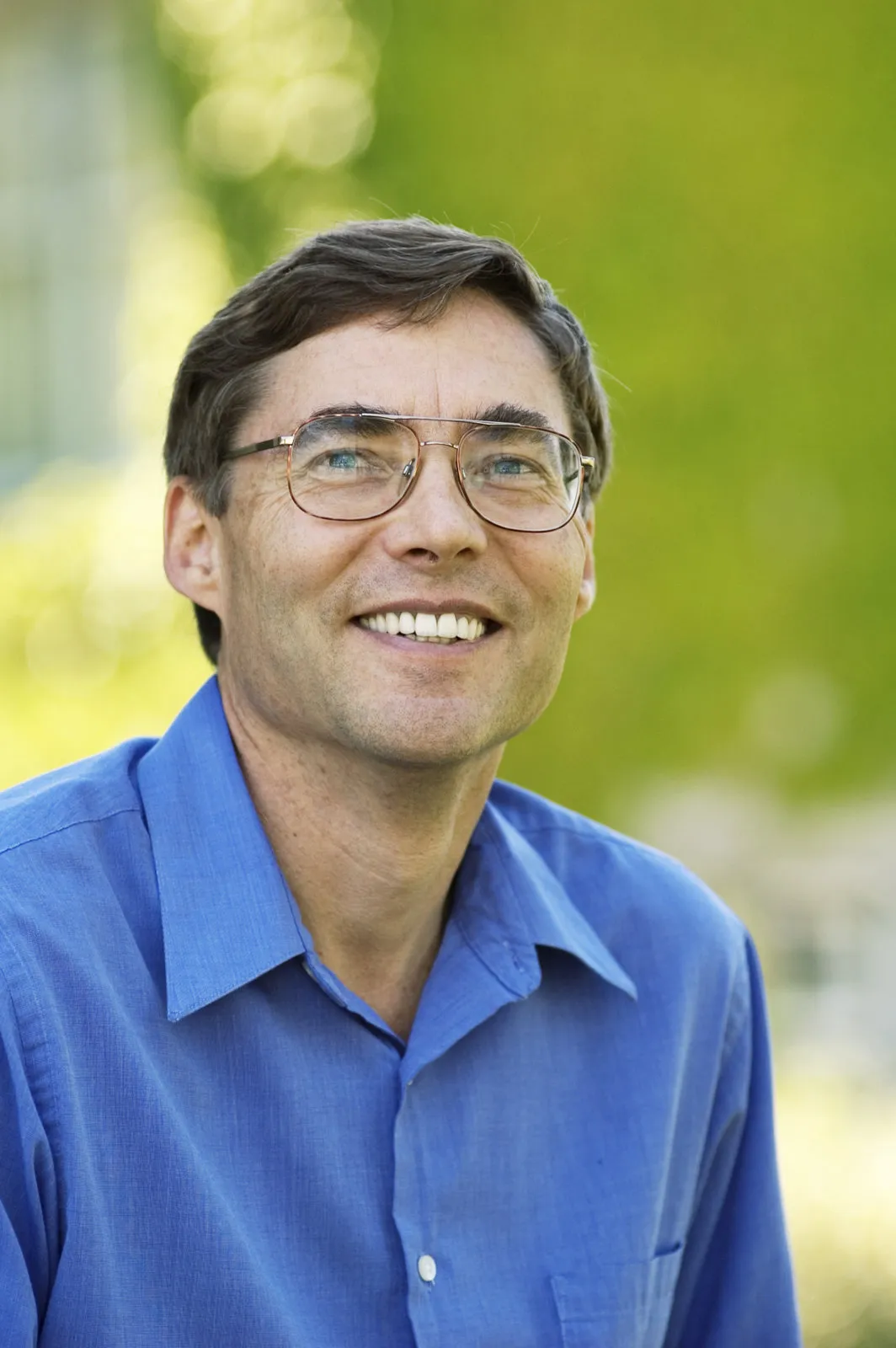Nobel Laureate Carl Wieman Ph.D. ’77 is applying his passion for science in a unique way: by researching how to teach students to think like scientists and thereby revolutionize science education.
Wieman recently became Stanford’s only professor holding a joint appointment at the Department of Physics and the Graduate School of Education.

“I’m not really here to change how Stanford teaches,” Wieman said. “My peak interest is doing research on learning and research on different ways to teach things and carefully measure what people are learning—and measure that in a deeper more thorough way.”
Wieman discovered the importance of hands-on learning starting his freshman year at the Massachusetts Institute of Technology, where he lived and breathed physics.
“I got involved in research very early on, and my MIT career was largely spent trying to avoid taking any classes and spending all my time on research,” Wieman said. “I did realize how little use classes were compared to what I was learning in the lab and talking to the research scientists.”
In fact, Wieman became so dedicated to physics research that he decided to move out of his dorm room entirely and into his lab.
“After a while, I had this laboratory of my own, and I spent all my time there, so it seemed kind of silly to be paying for a dorm room,” Wieman said.
Wieman later discovered his passion for laser physics and moved to Stanford to pursue his Ph.D., where most of his learning took place in the laboratory. He then went on to become a professor at the University of Colorado at Boulder, where his research on the Bose-Einstein condensate earned him and two other physicists the 2001 Nobel Prize in Physics.
Nevertheless, it was clear from the very beginning that undergraduate education was a focus for Wieman.
He developed a website that uses interactive simulations to teach scientific concepts. This website has more than 50 million users each year and continues to help students visualize and understand what’s going on in science at the molecular and even subatomic level.
Wieman said that real learning is about practicing “thinking like a scientist.”
“It’s sort of giving the brain the right kind of exercise and feedback,” Wieman said.
Wieman’s research on science education later led him to launch the $12-million Carl Wieman Science Education Initiative at the University of British Columbia. This initiative helped eight academic departments move away from lecture-style teaching and toward interactive learning through problem solving and small discussions.
He continued to advocate for science education at a national level, becoming the associate director for science at the White House Office of Science and Technology Policy.
Wieman’s recent employment at Stanford has generated excitement among faculty. Many professors immediately reached out for Wieman’s help in improving their courses and teaching styles.
“There’s always been an interest in our department in not just research, but having both research and education as a mission,” said Peter Michelson M.S. ’76 Ph.D. ’80, chair of the Physics Department. “Wieman was actually quantifying the effects of various new teaching techniques, and that’s something that really resonates with physicists.”
Wieman hopes to continue his mission of motivating students to become passionate about physics and other sciences.
Contact Elizabeth Davis at elizabethdavis ‘at’ stanford.edu
